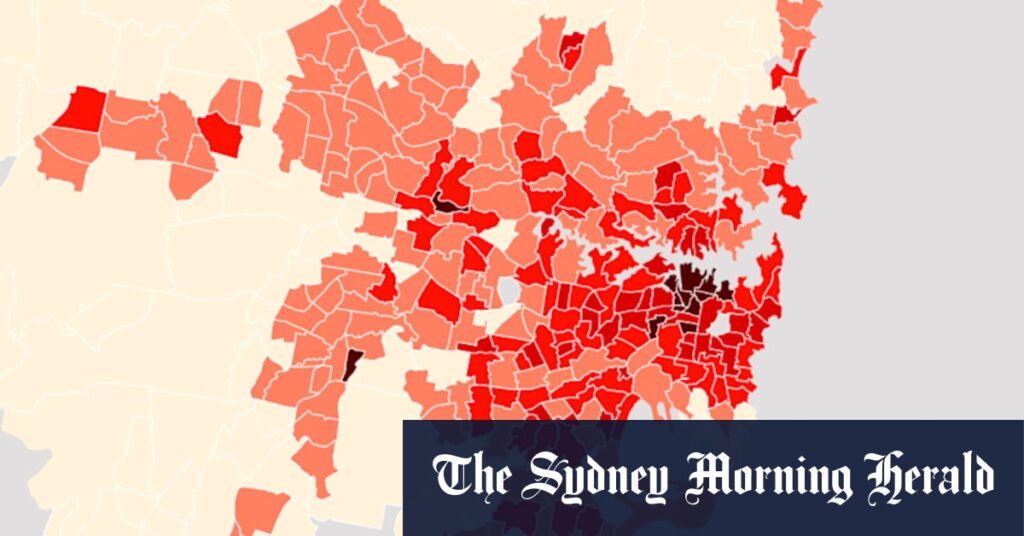
Some of Sydney’s most sought-after suburbs, known for their rich amenities, are falling behind in the provision of social housing, according to new research. The study highlights that many well-located neighborhoods in Australia, particularly in New South Wales, Victoria, Western Australia, and Queensland, have less than 5% social housing, presenting a “strong opportunity to increase provision in these locations.”
Dr. Stephen Glackin, a senior research fellow at Swinburne University of Technology and lead researcher of the report by the Australian Housing and Urban Research Institute (AHURI), noted,
“Most developed nations have more than 5% social housing. Some countries in Europe have 10%, some have 20%, so it’s doable.”
This statement underscores the potential for growth in social housing within these high-amenity areas.
Federal Initiatives and Local Challenges
This development follows the federal government’s commitment to deliver 55,000 social and affordable rental homes nationwide over the next five years. However, increasing housing density remains a challenge in some of Sydney’s most prized locations.
AHURI’s report reveals that coastal and city suburbs, which boast high concentrations of amenities such as public transport, schools, medical services, and employment opportunities, generally have lower proportions of social housing. The report ranks these areas by quintile, with five representing the highest amenity level.
In 2021, Double Bay-Darling Point had just 0.1% of its housing stock as social housing, while Sydney (South)-Haymarket had 0.3%. Both areas are classified as high-amenity locations. Similarly, North Sydney-Lavender Bay and Paddington-Moore Park had 0.6% and 0.8% respectively, while Chatswood-East had 1.1% and Bondi-Beach-North Bondi had 1.2%.
Local Government Perspectives
Some local councils express a desire for a diverse housing mix but emphasize that social housing falls under the jurisdiction of other government levels. A spokesperson for Woollahra Municipal Council stated,
“Woollahra Council supports the provision of a diverse housing mix throughout the local area,”
but noted their lack of direct involvement in social housing provision.
The City of Sydney has also voiced its commitment to addressing the housing crisis. A spokesperson remarked,
“Sydney should not simply become an enclave for the rich. We need more housing, not less.”
Economic and Social Implications
AHURI’s research argues for increased social housing with access to amenities. Social housing encompasses both public and community housing, and the high costs associated with desirable areas pose significant challenges. Alexandra Raphael, interim chief executive of Australian Community Housing, explained,
“The high-density areas are also where everyone wants to live. And also where land is incredibly expensive, so it makes it very difficult for the government in those places.”
In contrast, the report found higher rates of social housing in suburbs with poor access to amenities. For instance, the Ashcroft-Busby-Miller area had 27.8% social housing, while the Bidwill-Hebersham-Emerton area had 24.1%, both being locations with the lowest level of amenities.
Independent economist Saul Eslake pointed out that historically, governments have built social housing in areas where land is cheaper, often far from employment centers and amenities. He noted,
“For those with complex needs, those needs were less likely to be met than if the housing was located in more affluent areas where more services were available.”
Breaking the Trend
Inner-city areas like Redfern and Glebe defy this trend, boasting higher concentrations of both social housing and amenities. These areas serve as examples of how social housing can be integrated into high-amenity locations, potentially offering a model for future development.
As Sydney continues to grapple with its housing challenges, the push for more inclusive urban planning and the integration of social housing into high-amenity areas remain critical. The coming years will likely see increased efforts to balance housing needs with the economic realities of land and development costs.






